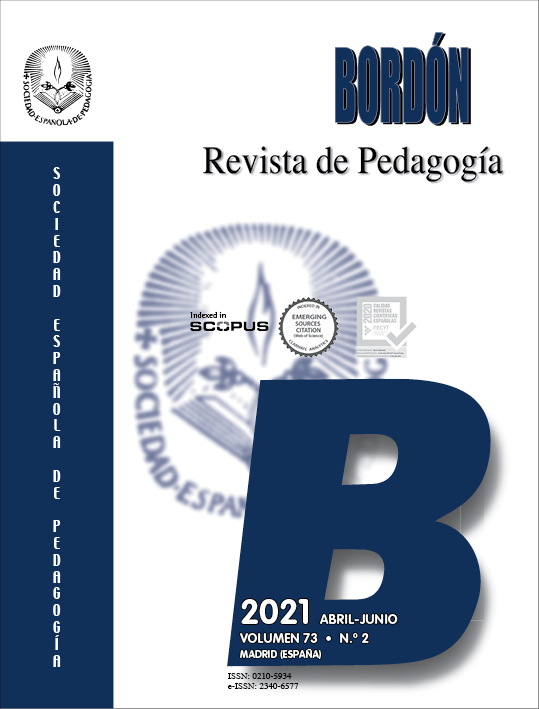Types of parental mediation in regards to the use of ICT and their relationship with cybervictimization of Primary Education School pupils
Main Article Content
Abstract
INTRODUCTION. Families constantly assume new educational challenges derived from the need to educate minors in the increasingly widespread use of technologies. The family educational strategies that regulate it are known as parental mediation. There are four types of parental mediation based on the use of regulation-control and communication-support strategies: a) negligent parental mediation (low degree of regulation-control and communicationsupport), b) permissive-indulgent parental mediation (low degree of regulation-control, but high communication-support), c) restrictive-authoritarian parental mediation (high degree of regulation-control, but low communication-support), and d) democratic parental mediation (high degree of regulation-control and communication-support). The main objective of the study is to discover if there is any type of statistically significant relationship between these types of parental mediations based on the use of regulation-control and communication support strategies and the cybervictimization of students in 5th or 6th grade of Primary Education School pupils. METHOD. A sample of 1,169 families from 26 Primary Education Schools in Galicia (Spain) was surveyed through a self-administered questionnaire that measures both parental mediation based on the use of regulation-control and communicationsupport strategies in eight habitual situations of use of technologies by minors, as well as cybervictimization of pupils. The analyses carried out with the SPSS Statistics program were based on the non-parametric Chi-square (χ²) association test and the Spearman correlation coefficient to determine both the direction and the degree of the associations. RESULTS. The results obtained allowed us to identify a statistically significant relationship between the type of parental mediation and cybervictimization, obtaining lower cybervictimization frequencies when we refer to the type of democratic parental mediation but higher for negligent, permissiveindulgent and restrictive-authoritarian mediation. DISCUSSION. The implications for educational intervention are discussed, concluding that cyberbullying prevention programs should include parental mediation strategies that enhance communication and intra-family support.

